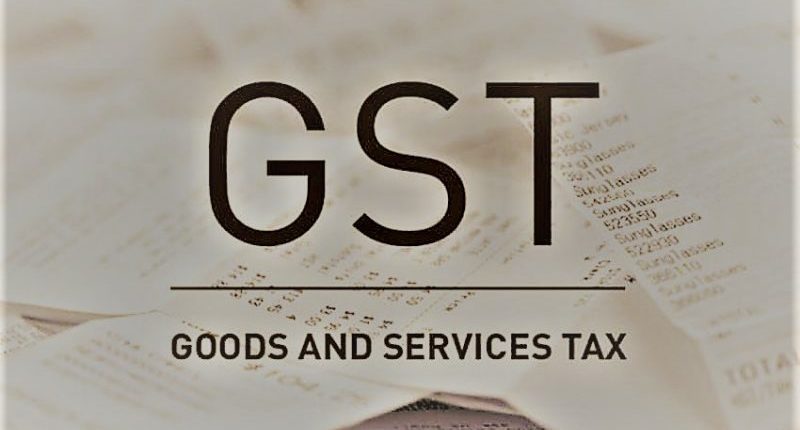The Central Board of Indirect Taxes and Customs (CBIC) has issued detailed instructions on conducting the GST scrutiny for 2017-18 and 2018-19. The GST Policy Wing of the CBIC released the GST Instruction No. 02/2022-GST on 22nd March 2022.
The CBIC opined that all the officers must pick up the scrutiny cases based on particular risk criteria. The Directorate General of Analytics and Risk Management (DGARM) has the authority to choose the list of GST Identification Number (GSTIN) accounts. Once they select the GST returns for scrutiny, they are sent to the tax officials. They include the Superintendent of Central Taxes operating in the taxpayer’s jurisdiction.
The instructions mention that three GSTINs can be picked up per tax official every month. They must review the GST returns filed throughout the financial year for every GSTIN.
The SOP ensures that while the scrutiny is happening, there is a minimal interface with the taxpayer, and officials use available data, such as e-way bills generated, data from DGARM, the GST Network, ADVAIT and similar official data. These data are updated and shared with field officials regularly. Officials have to pay attention to the Input Tax credit (ITC) claimed by the taxpayers.
If they find any discrepancies, they can issue a specific notice highlighting the tax amount due, interest, and any such liability payable. The SOP further stresses that the scrutiny of returns must be conducted in a time-bound way to take necessary action speedily to protect revenue collections.
The CBIC has also provided a 13-point indicative list of parameters for scrutiny. These include the following-
- There is a short payment of taxes if the tax liability in tables 4 (exclusive of 4B), 5, 6, 7A, 7B, 11A and 11B with amendments of the Form GSTR-1 is more than the liability declared in tables 3.1(a) and (b) of Form GSTR-3B.
- Tax liability in Table 3.1(d) on account of reverse charge must be reconciled with the ITC claimed in Tables 4(A)(2), (3), and 6.1 of Form GSTR-3B, as well as Tables 3 and 5 of Form GSTR-2A, to see if an excess credit is claimed against the discharged value.
- ITC claims on credits received from the Input Service Distributor (ISD) in Table 4(A)(4) of Form GSTR-3B must be reconciled with Table 7 of Form GSTR2A.
- The ITC claimed in Table 4(A)(5) of Form GSTR-3B must reconcile with Tables 3 and 5 of Form GSTR-2A.
- The taxable value in Table 3.1(a) of Form GSTR-3B must be equal to or more than the net tax liability for Tax Collected at Source (TCS) and Tax Deducted at Source (TDS) credit as per Table 9, column 6 in Form GSTR-2A.
- The tax liability in Tables 3.1(a) and (b) of Form GSTR-3B must be checked with the tax liability per all the e-way bills generated.
- ITC claims on invoices raised by suppliers whose cancelled GST registrations must be carefully examined.
- They must look for any ineligible ITC claimed on invoices or debit notes raised by the suppliers but have not filed their Form GSTR-3B returns for the tax period for suitable reversals.
- No ITC can be claimed if the Form GSTR-3B of a particular tax period is submitted after the due date for availing ITC on invoice or debit note under Section 16(4) of the CGST Act.
- ITC availed on goods imported in Table 4(A)(1) of Form GSTR-3B may be cross-checked with the respective details in Tables 10 and 11 of Form GSTR-2A.
- They must see if the taxpayer reversed ITC as per Rules 42 and 43 of the CGST Rules.
- The taxpayer must have paid interest liability as Section 50 of the CGST Act.
- Lastly, the taxpayer must have paid the late fee as Section 47 of the CGST Act.
The officials must also maintain the scrutiny schedule, a scrutiny register and a monthly scrutiny progress report. The formats of the same have been disclosed in the instructions.
For any clarifications/feedback on the topic, please contact the writer at annapoorna.m@cleartax.in.
Annapoorna, popularly known as Anna, is an aspiring Chartered Accountant with a flair for GST. She spends most of her day Singing hymns to the tune of jee-es-tee! Well, not most of her day, just now and then.





